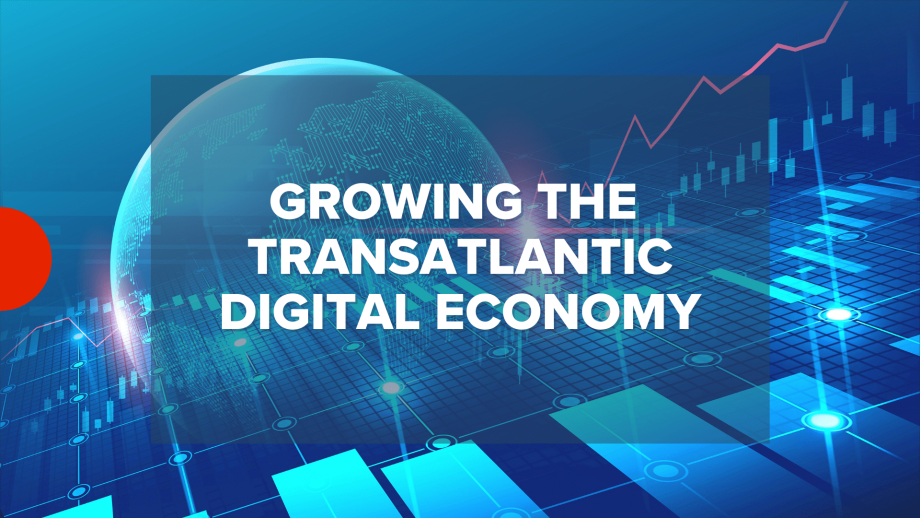Growing the Transatlantic Digital Economy

It is already clear that the future growth model for CEE should be based on digital and green technologies, in line with EU’s recovery plans and strategic priorities. At the same time, the region’s digital transition is an opportunity to grow not only its economic future but also its political influence within the EU and in the transatlantic relationship.
Over the past couple of years, the area of digital policy has been affected by tensions between Europe and the U.S. The contested issues ranged from the Donald Trump-led push against Chinese providers of 5G technology, the invalidation of the U.S. privacy shield by the EU Court of Justice, to Europe’s plans to impose digital taxes.
The approach of the new Biden administration towards the EU-U.S. relationship in public policy in general as well as technology policy depends on which party gains control of the U.S. Congress, which will become clear after the Senate elections in Georgia on January 5, 2021. However, given Biden’s lifelong propensity for transatlanticism, we can expect that the tone of debates will shift from friction towards more collaboration respect regardless of the January results.
Keeping this in mind, we propose a set of design principles that should be taken into consideration by policymakers on both sides of the Atlantic to help them nurture the transatlantic digital economy in 2021 and beyond. You can read the full report below.
The author is fully independent in implementing the project and has editorial responsibility for all views and opinions expressed herein. This report and the accompanying activities are powered by GLOBSEC’s partnership with Google.